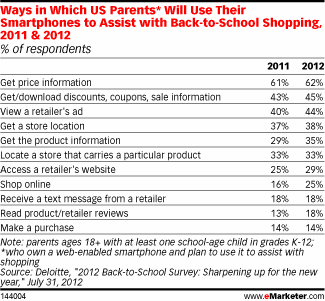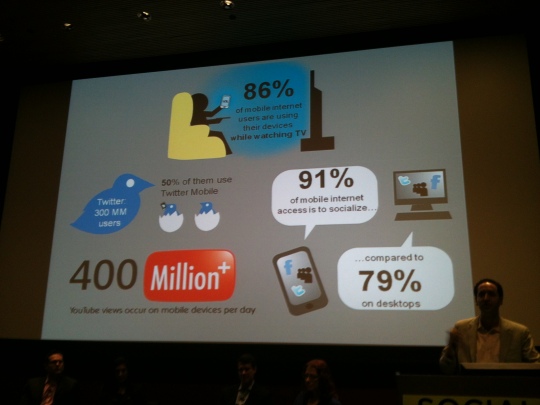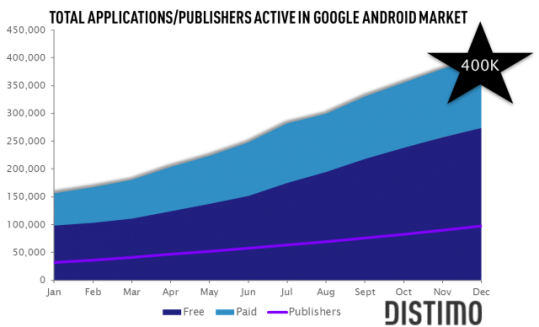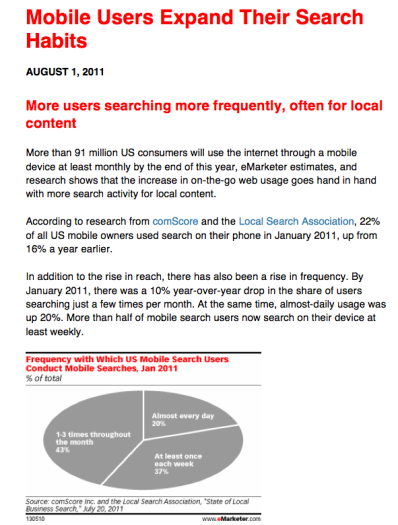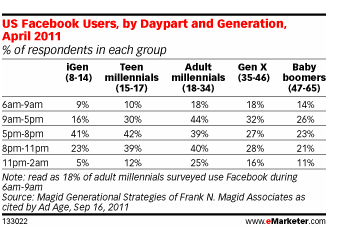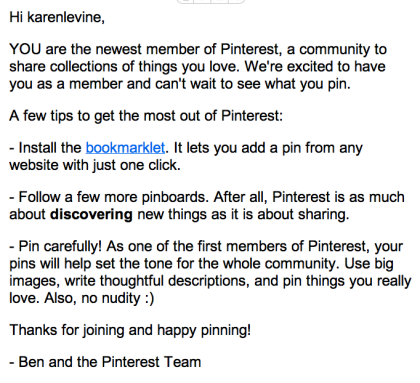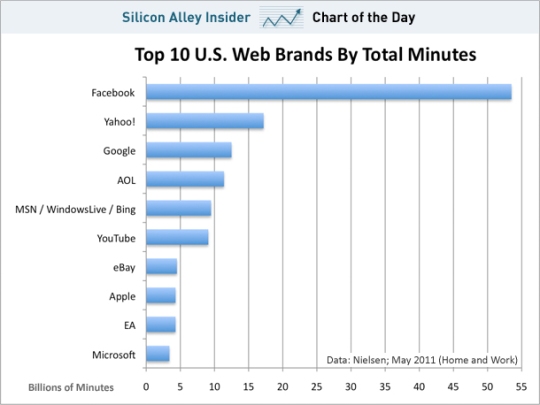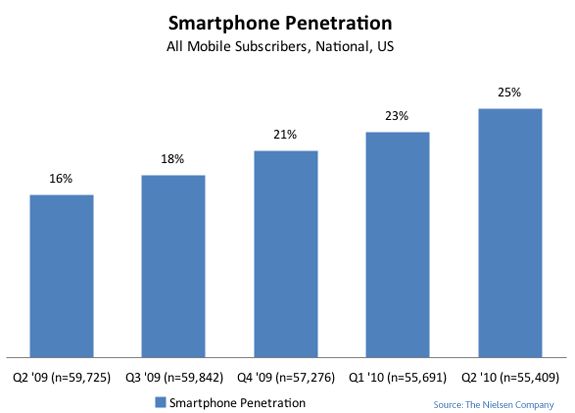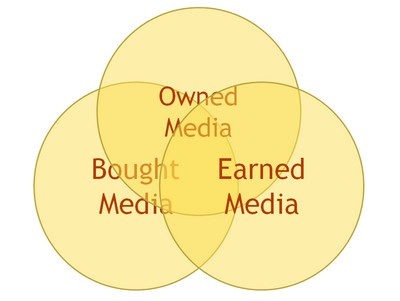I was recently asked whether I organize my marketing thinking along a demand or marketing funnel. This question brought to mind a set of two blog posts (“Advertising Week 2011 Key Themes” and “And, uh the a ha is“) from October 2011 covering Advertising Week. I have included the relevant sections below. While I am still refining my answer to this question, this is my initial response:
- On many occasions, I do organize my thinking along a demand or marketing funnel. It depends upon the specific marketing initiative or challenge. I find the marketing funnel useful when addressing macro issues such as the role of “upper funnel” awareness communication vs. “lower funnel” direct response activities – and how these should be coordinated or integrated. It is also a valuable framework for ensuring that a brand reaches its target customers at each stage of the path to purchase with the right message at the right time and using the right medium or platform.
- The metaphor of a funnel in which the number of prospects or size of the consideration set becomes more focused in each phase is less relevant in today’s non-linear, iterative digital and social environment. Today’s framework is more of a decision journey loop with a consideration set that may contract and/or expand along the way and in which post-purchase communication and activities such as social sharing and an ongoing dialog are crucial.
- I often use a customer journey map or customer-specific path to purchase that incorporates the way in which consumers move from one platform to another as they interact with a brand. This approach frequently includes the development of customer personas and/or the identification of moments of truth. It has its origins in the marketing funnel and is an expansion of it.
And, Uh, the A Ha Is:
The ruling on the purchase funnel is not final. Most agree publicly that the traditional funnel, e.g., awareness, consideration, intent, purchase, loyalty – or as I was taught in business school, AIDA: Awareness, Interest, Desire, Acquisition, needs to be updated. The patch to purchase is no longer a straight line. The funnel of choice seems to be the McKinsey oval, which you can view in my summary of the panel. (No mention of the Forrester “path to purchase” in the age of social engagement – see below).
The key takeaways are that:
(a) the process is iterative and circular
(b) must include advocacy
(c) many include “loyalty,” but that’s not new, that’s just “adoption.”
However, when we got to the TV panels, the upward and lower funnel nomenclature was still front & center. A disconnect?
Figure I: Forrester Path to Purchase in the Age of Social Engagement
Advertising Week 2011 Key Themes:
The Funnel (aka Path to Purchase and Consumer Decision Journey) – The traditional funnel is outdated. However, much of the terminology has survived and/or been incorporated to the new, bright shiny (Mustard colored) circular tubes. There is some consensus about the fact that the process is no longer linear but more of a circular conversation. – However, the term “funnel” as well as “top” and “bottom” of funnel and stages such as awareness, consideration, acquisition were used frequently, particularly by CMOs. However… the funnel must include advocacy. (Social, social, social) And, the funnel is iterative and, well, free flow. 



